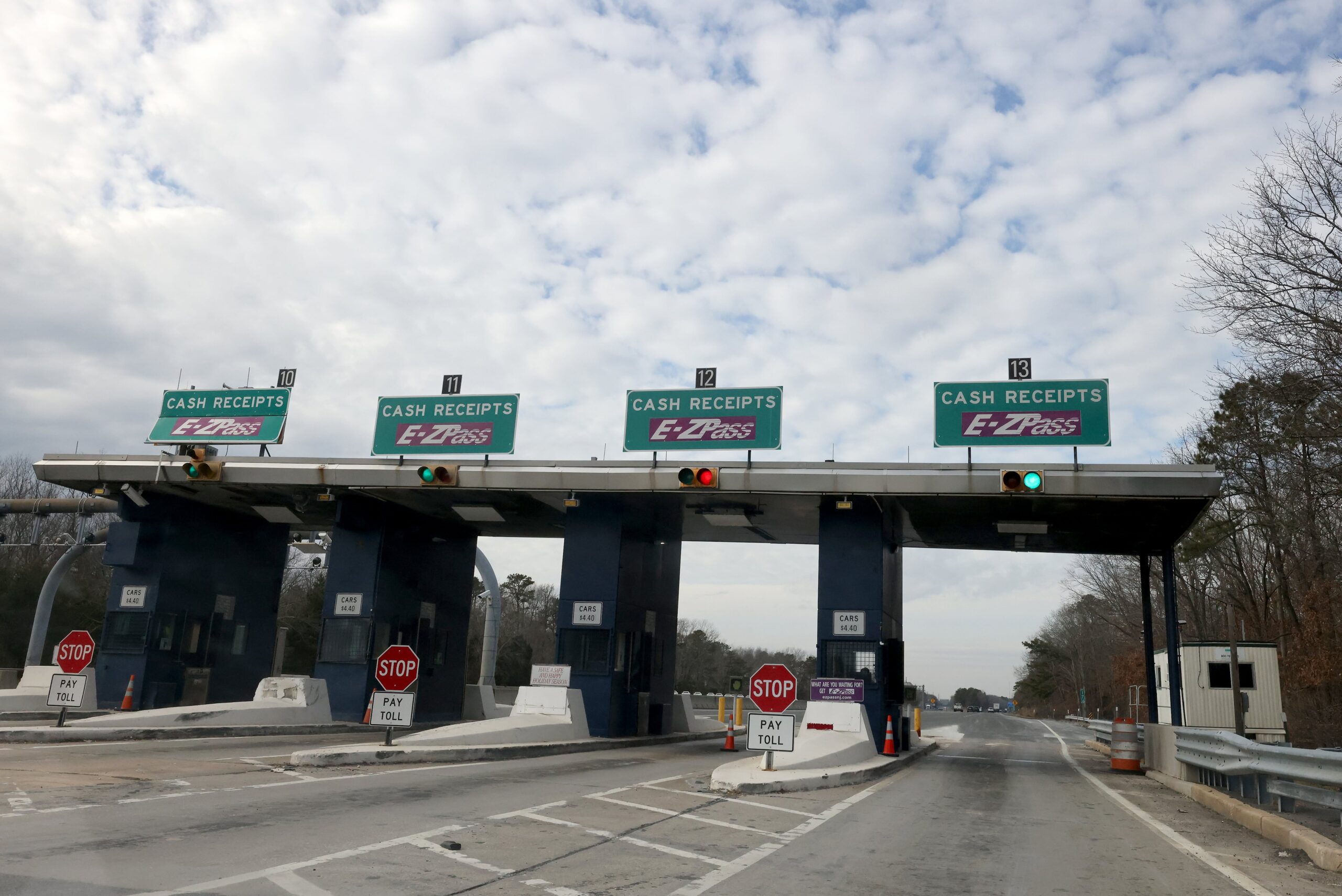The Social Security Administration (SSA) is undergoing a major overhaul, guided by the Department of Government Efficiency (DOGE), headed by entrepreneur Elon Musk. This initiative is part of a broader federal push to increase efficiency across government agencies, including the SSA.
As part of this plan, the agency has been shifting many of its services online and implementing major internal restructuring efforts to cut costs and improve operations. However, the rapid move towards digital platforms has resulted in some significant consequences for users, particularly those relying on the My Social Security portal to manage their benefits.
The Consequences of the Overhaul
The SSA’s decision to push more users to online services has not gone as smoothly as it had hoped. The My Social Security portal, which is used by millions of Americans, including retirees and other beneficiaries, has faced repeated outages throughout March.
In total, the platform experienced five outages in a single month, creating chaos and leaving many users without access to their accounts. This has been a particularly frustrating experience for retirees who depend on the portal to check their benefits, manage their payments, and access other critical services.
Each of these outages has exposed significant flaws in the SSA’s ability to handle the increased demands placed on its online infrastructure. The shift to an almost entirely digital service model has resulted in widespread frustration for those who rely on the system, especially when such failures prevent them from accessing benefits that are essential for their daily lives. The outages have raised concerns not only about the system’s reliability but also about the SSA’s readiness to modernize its services effectively.
Server Overload and System Failures
The most significant cause of these repeated outages is the overloaded servers. As the SSA pushes more people to use the online platform, the servers are not able to handle the increased volume of users. This problem has been exacerbated by the SSA’s decision to scale back its workforce, resulting in fewer staff members available to monitor and maintain the system.
The fifth and most severe outage, which occurred on March 31, was described by some as a “total collapse” of the system. This outage affected the My Social Security portal and disrupted other internal systems, leaving millions of Americans without access to their benefits for an extended period.
This system collapse has had a deep impact on those who rely on the My Social Security platform for their daily needs. Many beneficiaries were unable to access vital services during the outages, leaving them in a state of uncertainty. The situation has created widespread concern, especially as more people are being directed to use the online platform rather than having the option to visit local SSA offices in person.
The Impact of Workforce Cuts
Another issue that has compounded the situation is the SSA’s decision to reduce its workforce by more than 12%. The agency’s workforce cuts have created additional strain on the system. Local office managers, who are already dealing with staffing shortages, are now forced to take on multiple roles. This has led to delays in service delivery, as employees are stretched thin, trying to keep up with the increased demand for services.
The reduction in staff has made it even more difficult for the SSA to provide efficient services to beneficiaries. With fewer employees available to handle issues, many users are finding themselves waiting longer for responses or assistance. As the SSA pushes to modernize its infrastructure and become more efficient, the lack of sufficient staff to support these changes has created a serious bottleneck in its ability to serve the public.
Identity Verification Challenges
In response to these outages and disruptions, the SSA has introduced new measures aimed at addressing the problem of outdated identity verification methods. Under these new rules, users are now required to verify their identity in person, rather than through the online system. While this move is meant to improve security and ensure that beneficiaries’ information is properly protected, it has added even more pressure to local offices.
The requirement for in-person identity verification has created an overwhelming demand for appointments at local SSA offices. With the added strain, many offices are now experiencing longer wait times, and beneficiaries are struggling to schedule appointments to verify their identity. This situation has led to frustration for those who need to confirm their identity to access their benefits, further complicating the already challenging process.
Commitment to Local Offices
Despite the difficulties associated with the digital push, the SSA has emphasized its commitment to maintaining access to local offices. The agency has stated that no local offices will be permanently closed this year, offering reassurance to those who may not have reliable internet access or prefer in-person interactions. Users are encouraged to schedule appointments in advance to minimize wait times and ensure they receive the services they need.
This commitment highlights the SSA’s recognition of the ongoing importance of in-person services. While the agency works to modernize and shift many of its services online, it acknowledges that not all beneficiaries are ready or able to transition to digital platforms. As such, the SSA continues to offer support through physical locations, even as it moves forward with its efficiency reforms.
Criticism of the Overhaul
The rapid pace of reforms has sparked criticism from various sources, including some members of Congress. Senator Angus King has publicly stated that the ongoing changes are leading to the “destruction of the agency from within.”
The overhaul has raised concerns about whether the SSA is prioritizing efficiency at the cost of reliability and accessibility. As the agency works to streamline its operations and implement new IT systems, it must find a balance between improving its efficiency and ensuring that services remain stable and accessible to the public.
The SSA is currently investigating the causes of the recent outages and disruptions, but has not yet provided a clear timeline for when the system will be fully operational again. As the agency continues to modernize its technology and processes, the ongoing instability of its online platforms will likely remain a significant concern for users.
Moving Forward
As the SSA moves forward with its modernization efforts, it must address the serious issues that have surfaced as a result of its online transition. While the goal of improving efficiency is commendable, the agency must ensure that its online infrastructure is capable of handling the increased demand.
Additionally, the SSA must provide adequate staffing levels to support these changes and ensure that users can access the services they need, both online and in person. Until these issues are addressed, millions of Americans will continue to face uncertainty and frustration when it comes to accessing their Social Security benefits.
Disclaimer: This article has been meticulously fact-checked by our team to ensure accuracy and uphold transparency. We strive to deliver trustworthy and dependable content to our readers.








